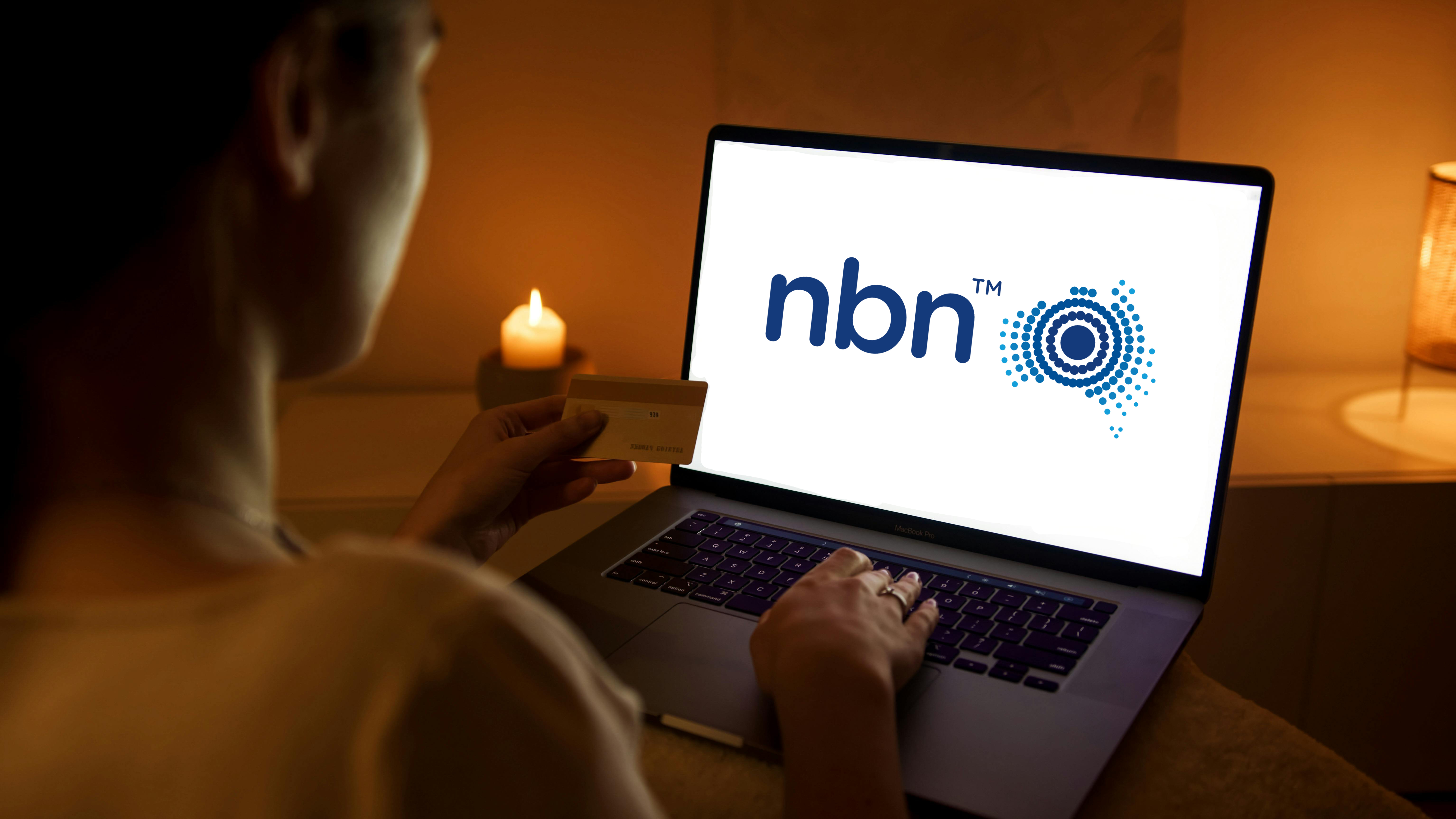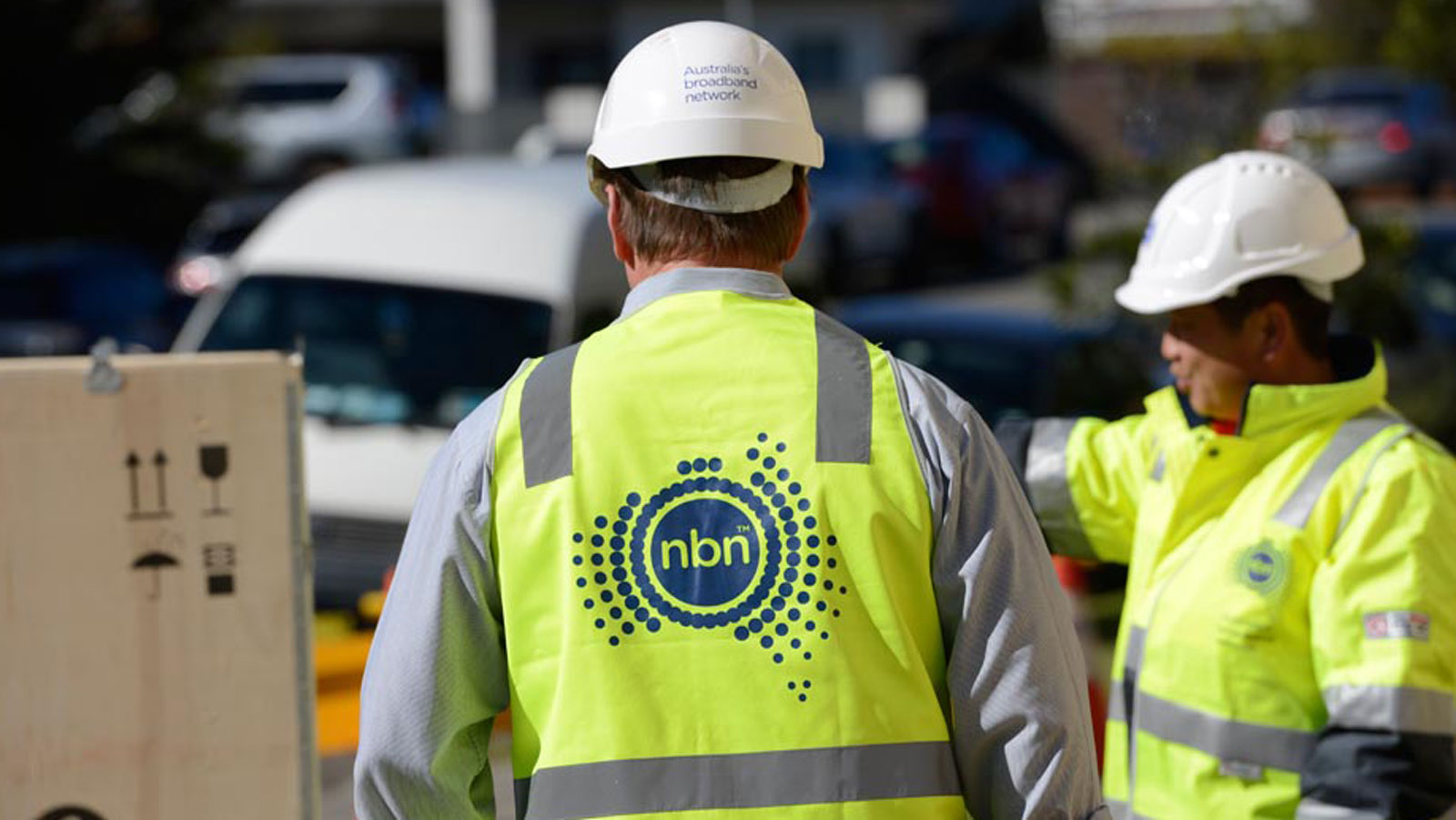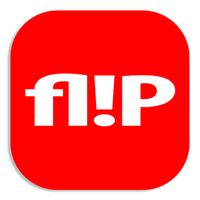'Hyperfast' NBN 2000 plans are landing in a few months – here's what to expect from the new speed tier
New NBN tiers are coming

All jokes aside — when compared to other countries, Australia's average internet speeds are seriously lagging. As per Speedtest's Global Index, Australia ranks 77th for fixed broadband speeds, averaging 85.63Mbps across the country. Meanwhile, Singapore reigns supreme, with 372.02Mbps, closely followed by France at 315.38Mbps.
Right now, the fastest speeds theoretically possible in Australia are 1,000Mbps, otherwise known as the 'ultrafast' tier. We say "theoretically" here as no provider currently reaches the magic number, but Swoop and Flip come rather close, advertising 890Mbps and 900Mbps respectively. But this is set to change come September 14, 2025, as NBN Co will introduce NBN 2000 plans — a.k.a the 'hyperfast' tier.
Hyperfast plans were confirmed nearly eight months ago, and are set to bump up Aussie internet download speeds to a fiery fast theoretical of 2,000Mbps. While there are still some months between now and the impending rollout, there are plenty of questions surrounding the new tier and what this means for Aussie consumers.
We've rounded up all the best answers on what to expect from the new speed tier, pricing, connection types and more, before the rollout this September. If you want more information on the best NBN plans currently available, you can check out our guide here.
NBN 2000 FAQ
When will NBN 2000 plans be available?
Why you can trust Tom's Guide

According to NBN Co, the new plans are rolling out on September 14, 2025. However, this will be the date that plans will be available for retail service providers, not necessarily consumers. With that in mind, we reasonably expect that the availability of NBN 2000 plans will be similar to that of NBN 1000 plans, with early adopters releasing plans for residential properties and businesses by October, and the bigger rollout by the majority of providers in the months following.
How fast will NBN 2000 plans actually be?
NBN 2000 plans will theoretically provide a maximum of 2,000Mbps downloads doubling the current fastest speeds of 1,000Mbps. Upload speeds are also expected to increase when compared to NBN 1000 plans, reaching 200Mbps; however, this is only expected for FTTP connections.
As we often say here at Tom's Guide, this 2,000Mbps estimate is a theoretical figure, meaning that most plans are unlikely to reach those high speeds in the real world. Though, in our experience, we've seen providers get surprisingly close to the speed estimates, much like Flip claiming 900Mbps TES on the NBN 1000 tier.
While it's unlikely that customers will be able to reach the full 2,000Mbps download speeds, some households could achieve a higher download speed margin than others, depending on their location, NBN connection type and preferred ISP.
What connection types will be compatible with NBN 2000 plans?
Right now, NBN 2000 plans will only be available to homes and businesses with either fibre-to-the-premises (FTTP) or hybrid fibre coaxial (HFC) connection types.
While there's no confirmation yet, we suspect that customers with other connection types will need to upgrade to full fibre to access NBN 2000 plans. NBN Co's free fibre rollout is expected to offer 2Gbps speeds to over 10 million households by the end of 2025. Alongside the network upgrade, NBN Co is introducing new NTD multi-gigabit connection boxes in September.
If you wish to jump into the hyperfast lane but haven't upgraded yet, you can check your eligibility on NBN Co's website.
What will a NBN 2000 plan cost?
If we're being honest here, it's hard to approximate the cost of NBN 2000 plans for the average consumer. What we do know is that wholesale plans will be sold to RSPs for AU$115p/m. Based on this information alone, we expect consumer costs to be far higher.
At the time of writing, we anticipate that an NBN 2000 plan could cost between AU$150p/m to AU$200p/m, with potential introductory offers lessening the fee to around AU$120p/m for the first six months.
That said, NBN plan costs differ greatly between providers. For example, on the NBN 1000 tier, the cheapest plan currently hails from SpinTel, at AU$90p/m and the most expensive plan is Telstra for AU$150p/m. That's a huge AU$60 difference between the two. NBN 1000 plans are sold as a wholesale product to providers for AU$72.22p/m, so it's crystal clear that providers can pick and choose whether they want to mark up their plans and by how much (or not).
Should I switch to a NBN 2000 plan?
Your chosen NBN plan often depends on your household's internet needs and connection type. That said, for most homes and businesses with FTTP or HFC, NBN 2000 plans won't be the go-to option as they'll likely come with some pretty hefty price tags.
However, NBN 2000 plans aren't the only new offering being introduced this year, as NBN Co has announced that all fast tiers (think 100Mbps and up) will be recipients of a speed boost. NBN 100 plans will get a 5x maximum speed increase to 500Mbps, NBN 250 plans will increase to 750Mbps maximum and NBN 1000 plans will bump minimum speeds to 750Mbps.
So, in essence, all NBN 100 plans and above should automatically get upgraded to faster speeds. This may come with a price increase, too, given the anticipated NBN Co wholesale changes coming into effect on July 1. However, all tiers have received a minimal increase of under AU$2, so we don't expect prices to shift too much.
You should also note that these promised speed increases will only apply to customers with either an FTTP or HFC fixed-line NBN connection. If you’re on the older FTTN or FTTC infrastructure, then you will need to take advantage of the free fibre upgrade if you want to increase your home download speed.
You may question whether upgrading to an NBN 2000 plan is necessary after all, and to that we say, if you're a heavy internet user, have the means to afford one or simply want to try out hyperfast speeds when they do become available, go for it. However, you may already be satisfied when these boosts come into effect and find there's no need to switch plans or providers after all.
Best fast NBN plans
While we don't know how much exactly NBN 2000 will cost, here are some great fast NBN plans worth considering right now:
Flip | NBN 1000 | AU$94p/m (for 4 months, then AU$104.90p/m)
Flip is a top-rated budget telcos that provides damn good value for less dosh. Currently, there's a nice discount on its NBN 1000 plan, slashing AU$65.40 off the first six months.
Recently, the telco has partnered up with Swoop, so Flip's plans have experienced a slight speed bump as a result. The NBN 1000 plan has skyrocketed to a massive 900Mbps, putting it on par with Swoop and leaving a trail of competitors in its wake. If you're after a no-frills ultrafast plan, this is the one to consider.
Total minimum cost: AU$94 | Total cost for first 12 months: AU$1,215.20 | Yearly cost after discount: AU$1,258.80
SpinTel already has a leg up on its competition by offering this new 750Mbps plan, for just AU$95p/m ongoing. This plan will reach theoretical maximums during the busy evening hours.
That said, we note here that we do anticipate that NBN 250 plans will all be boosted for free to NBN 750 later this year, so you could be paying more for this offering by switching right now.
Total minimum cost: AU$95 | Total yearly cost: AU$1,140
If these options don't tick your NBN must-have boxes, you can check out the most popular fast plans in the widget below.
Get instant access to breaking news, the hottest reviews, great deals and helpful tips.

Lucy Scotting is a digital content writer for Tom’s Guide in Australia, primarily covering NBN and internet-related news. Lucy started her career writing for HR and staffing industry publications, with articles covering emerging tech, business and finance. In her spare time, Lucy can be found watching sci-fi movies, working on her dystopian fiction novel or hanging out with her dog, Fletcher.


